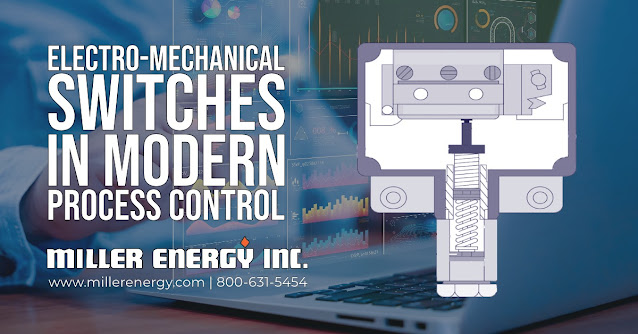- Simplicity and Reliability: Electro-mechanical devices function on straightforward principles, such as the expansion of a bimetallic strip in response to temperature changes or the deformation of a diaphragm in response to pressure variations. These switches, having few moving parts, are inherently reliable. They don't suffer from software bugs or require firmware updates.
- Direct Control: Electro-mechanical switches can be wired directly to the control elements like solenoids, relays, or alarms, providing immediate response without needing an intermediary control system or software processing.
- Fail-Safe Operations: In safety-critical applications, it's sometimes preferable to have a direct-acting, mechanically-driven switch that can actuate an emergency shutdown or trigger alarms. These switches' inherent "on/off" nature ensures a definite state.
- Cost-effective: Electro-mechanical switches are generally less expensive than their electronic counterparts, especially for applications that don't require continuous monitoring or advanced functionalities.
- Low Power Requirements: Unlike electronic sensors that may need continuous power, these switches only consume energy when they change state, making them energy-efficient for specific applications.
- Resilience to Electromagnetic Interference (EMI): Electro-mechanical devices, being fundamentally mechanical in operation, are less susceptible to EMI, which can be a concern in industrial environments with heavy machinery and electrical equipment.
- Long Lifespan: Many electro-mechanical switches are known for their durability and long operational lifespan, mainly used within their design specifications.
- Versatility: They work in environments where advanced electronics, such as high-temperature areas or corrosive materials, might fail.
- Independent Operation: These switches do not necessarily rely on centralized control systems. This decentralization can be an advantage in scenarios where a failure in the central system shouldn't impact local controls.
- Ease of Integration: The infrastructure is built around electro-mechanical devices for many older plants and factories. Integrating newer electronic devices might require significant overhauls while continuing with electro-mechanical solutions offers seamless integration.
Miller Energy, Inc.
https://millerenergy.com
800-631-5454
